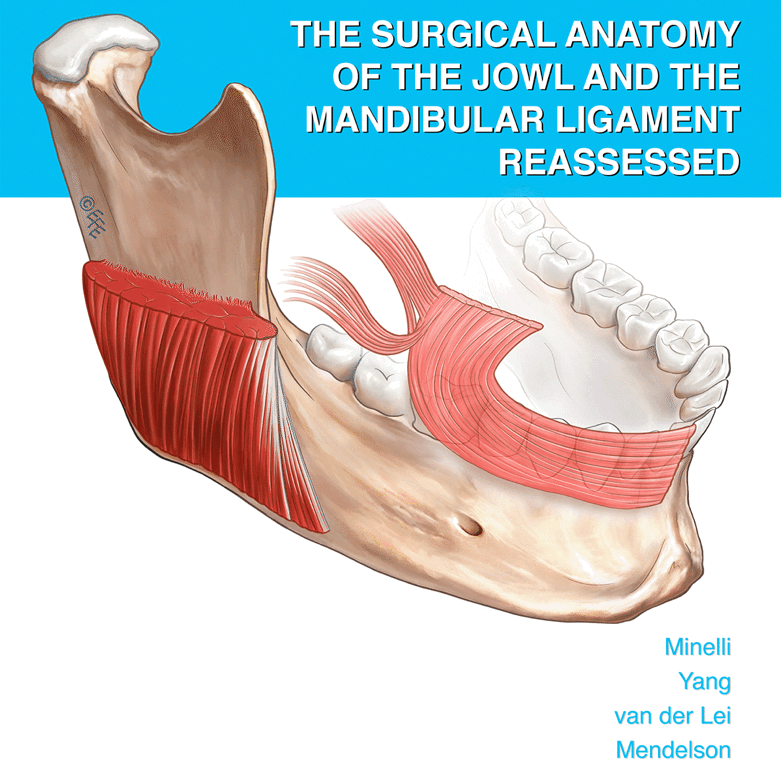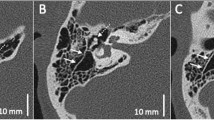Abstract
Background
Ear reconstruction presents challenges for surgeons, not only during the pre-operation and in-operation stages, but also post-operation. The post-operation stage and the treatment of complications are critical to the overall success of ear reconstruction surgery.
Methods
This article, the second of two articles setting out details and precautions for each step of the ear reconstruction process for microtia patients, covers post-operative care: negative pressure drainage, bandaging and fixing, nursing, treatment of complications and satisfaction survey.
Results
Over the period Jan 2015–July 2021, our surgical team treated 77 complications in 1012 microtia ear reconstructions. This article presents the key learnings from this high volume of operations. All complications were treated promptly and the shape of the auricle was preserved as much as possible. Patients were surveyed after the operation and expressed satisfaction with the shape of the reconstructed external auricle. Three typical cases involving different types of complications are described.
Conclusions
This article deals in detail with the post-operation stage. We share our cumulative surgical experience gained over 20 years, especially the latest practical lessons gleaned over the last six and a half years.
Level of Evidence II
This journal requires that authors assign a level of evidence to each article. For a full description of these Evidence-Based Medicine ratings, please refer to the Table of Contents or the online Instructions to Authors www.springer.com/00266.



Similar content being viewed by others
References
Chen X, Zhang R, Zhang Q et al (2022) Microtia Part I: preoperation and in-operation lessons from 1012 ear reconstruction operations. Aesthetic Plast Surg. https://doi.org/10.1007/s00266-022-02818-6
Xu Z, Zhang R, Zhang Q, Xu F (2012) An analysis of quantitative measurements of drainage exudate using negative suction in 96 microtia ear reconstructions. Can J Plast surg 20(4):218–222
Xu F, Zhang RH, Zhang Q, Xu ZC, Li DT, Li YY (2019) Hyperbaric oxygen therapy: an effective and noninvasive therapy for complications of ear reconstruction. J Craniofac Surg 30(4):E382–E385
Cui C, Hoon SY, Zhang R et al (2017) Patient satisfaction and its influencing factors of microtia reconstruction using autologous cartilage. Aesthetic Plast Surg 41(5):1106–1114
Cui C, Li Y, Zhang R et al (2018) Patient perception and satisfaction questionnaire for microtia reconstruction: a new clinical tool to improve patient outcome. J Craniofac Surg 29(2):e162–e167
Osorno G (2007) A 20-year experience with the Brent technique of auricular reconstruction: pearls and pitfalls. Plast Reconstr Surg 119(5):1447–1463
Yamada A, Ueda K, Yorozuya-Shibazaki R (2009) External ear reconstruction in hemifacial microsomia. J Craniofac Surg 20:1787–1793
Brent B (1992) Auricular repair with autogenous rib cartilage grafts: two decades of experience with 600 cases. Plast Reconstr Surg 90:355–374
Nagata S (1994) Modification of the stages in total reconstruction of the auricle: part I. Grafting the three-dimensional costal cartilage framework for lobule-type microtia. Plast Reconstr Surg 93(2):221–230
Nagata S (1994) Modification of the stages in total reconstruction of the auricle: part II. Grafting the three-dimentional costal cartilage framework for concha-type microtia. Plast Reconstr Surg 93(2):231–242
Nagata S (1994) Modification of the stages in total reconstruction of the auricle: part III. Grafting the three-dimensional costal cartilage framework for small concha-type microtia. Plast Reconstr Surg 93(2):243–253
Nagata S (1994) Modification of the stages in total reconstruction of the auricle: part IV. Ear elevation for the constructed auricle. Plast Reconstr Surg 93(2):254–266
Firmin F (2010) State-of-the-art autogenous ear reconstruction in cases of microtia. Adv Otorhinolaryngol 68:25–52
Funding
This work was supported by grants from the National Natural Science Foundation of China (NO. 81974291) and Fundamental research program funding of Ninth People's Hospital affiliated to Shanghai Jiao Tong University School of Medicine (JYZZ143).
Author information
Authors and Affiliations
Corresponding author
Ethics declarations
Conflict of interest
The authors declare that they have no conflicts of interest to disclose.
Ethical Approval
This article does not contain any studies with human participants or animals performed by any of the authors.
Informed Consent
Informed consent has been signed by patient or guardian.
Additional information
Publisher's Note
Springer Nature remains neutral with regard to jurisdictional claims in published maps and institutional affiliations.
Rights and permissions
About this article
Cite this article
Chen, X., Zhang, R., Zhang, Q. et al. Microtia Part II: Post-Operation and Complications Management Lessons from 1012 Ear Reconstruction Operations. Aesth Plast Surg 46, 2790–2796 (2022). https://doi.org/10.1007/s00266-022-03010-6
Received:
Accepted:
Published:
Issue Date:
DOI: https://doi.org/10.1007/s00266-022-03010-6




